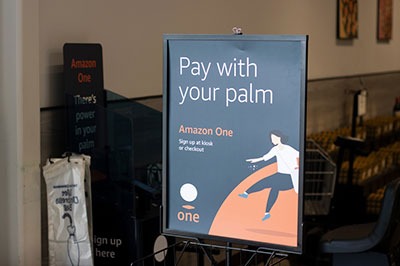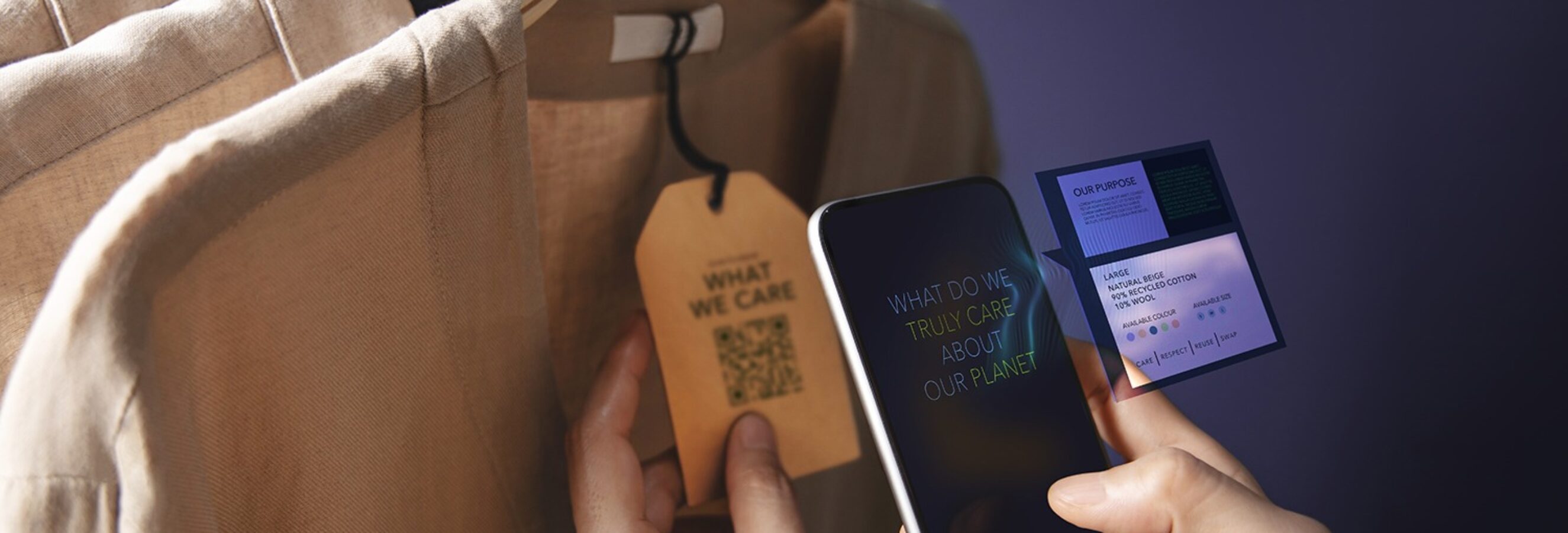January is the perfect opportunity to reflect on the successes and challenges of the past year and identify key growth opportunities and tactics for the new year. For retailers, those tactics will require significant investment so it’s important to choose innovations that are most likely to improve the customer experience and drive sales.
1. Be more sustainable than paper straws
In a recent survey we conducted with American consumers, more than a third of people indicated they were planning to make a New Year’s resolution. And, about 20% of those people said their resolution would focus on being more environmentally friendly.
Straws have become the poster child of poorly executed sustainability initiatives but by choosing this as a growth tactic, innovative retailers can attract the attention of many shoppers.
- Switch to fully sustainable packaging: To reflect their growing concern for the environment and future generations, consumers are increasingly demanding sustainable packaging that minimizes carbon emissions, pollution, and waste. Some product packaging could switch from plastic and styrofoam to paper, cloth, and glass. Even better, some products may be able to reduce or remove the packaging. Products will need to be redesigned to compensate for the lack of messaging space but less packaging saves money and creates loyal consumers.
- Recycle: In their stores, H&M now offers recycling for all textiles regardless of where they were purchased. Any retail outlet could expand upon this initiative, especially in areas where city programs aren’t available. Toy stores could collect broken toys and other plastic discards. Coffee shops, restaurants, and drug stores could collect plastic cutlery, containers, and product packaging. By building their own dedicated recycling facilities, retailers that truly care could endear themselves to concerned shoppers.
- Ban the destruction of unsold goods. Many of us have seen social media posts of brand new products tossed into the garbage simply because they couldn’t be sold. Just as food retailers created a process to donate their unsold food to food banks, retailers that want to be more sustainable should create donation pathways for their unsold products – schools, retirement homes, hospitals, youth centers, and community centers all need a wide range of goods.
To learn more about consumer opinions related to sustainability, read our sustainable shopping report.

2. Get personal with QR codes
It’s hard to believe but QR codes have been around for thirty years. It wasn’t until the mid-2000s that people started to see them in their daily life and it wasn’t until the last few years that QR codes were truly useful for consumers, particularly as instant access to viewing and ordering from restaurant menus. But QR codes encourage shopper engagement in more ways than simply as a direct line to facilitating a purchase.
- Provide an efficient way to navigate: By scanning strategically placed QR codes, retailers can help shoppers instantly access digital maps on their devices, pinpointing their location and finding products quickly. This streamlined process ensures shoppers can complete all of their goals in a single visit, enhancing satisfaction and encouraging repeat visits.
- Simplify customer feedback: QR codes at check-out or on receipts simplify eliciting feedback from shoppers. This simplified process speeds up the data collection process thereby allowing retailer to make necessary changes to their outlets as quickly as possible.
- Build engagement: By placing QR codes on products, CPG companies can give shoppers quick and live access to a range of relevant information updated as quickly as they wish, e.g., live videos of new products being made, cooking videos tailored to the season.

3. Make in-person shopping a joyful experience
Despite the massive success of online shopping, 80% of all shopping trips are in brick-and-mortar stores. In-person shopping is not going away, not even for Gen Z and Millennial shoppers who know no world without the internet.
For in-person shopping to remain successful in a digital world, retailers can choose growth tactics that create and protect joyful shopping experiences.
- Take a big step into the digital world: As an in-store experience, conveniently placed digital devices with chatbots can simplify and de-stress the shopping experience. When sales clerks are busy with other shoppers, devices can be available to answer questions about products, or check inventory for sizes or colors thereby reducing wait times for customers. As a bonus, collecting these questions allows retailers to understand shopper needs and desires in order to create the best assortment for them.
- Gamify your loyalty program: People love to play and there’s no reason retailers can’t leverage human nature to bring joy to the shopping experience. Many loyalty programs incorporate a points system that allows customers to unlock rewards or incentives. Adding a broader range of tactics such as challenges, contests, badges, or social sharing within those loyalty programs could increase engagement from a wider range of customers.

4. Make the shopping experience easy
We’ve all suffered through the less-than-joyful experience of being shuffled from one customer service representative to another in hopes of finding someone who can finally resolve an issue. Removing barriers to purchase, whether online or offline, is a tough but worthwhile challenge to finally resolve.
- Strive for frictionless, omnichannel shopping: Our recent survey showed that more than 40% of people research items online that they intend to buy in-store and nearly 50% do price comparisons online. By providing shoppers with a seamless, consistent experience across online and offline channels, customers can avoid unnecessary delays, experience less decision fatigue, and become more engaged shoppers. Uniqlo’s RFID checkout is an excellent example of a truly frictionless checkout experience – Rather than waiting ten minutes while a cashier manually searches for and scans tags on 25 different items, customers simply dump all their items into a bin which instantly scans every item.
- Simplify the payment process: To reduce shopping cart abandonment, shoppers need a payment experience that is convenient for them. As a minimum, retailers must be able to accept cash, credit, debit, and mobile wallets. Innovative retailers will recognize that long-term success lies in planning for a future where fingerprint, palm print, and other biometric payment methods are also viable payment options.

Summary
Achieving success through innovative growth tactics is never simple or inexpensive. But creating a shopping experience that is joyful, helpful, and frictionless will build shopper engagement and long-term brand loyalty. With an expert partner at your side, you can choose a growth tactic that will work for your business and your customers. Using our shopper labs in Chicago and Toronto, the expert team at Explorer Research will help you understand your shoppers and build a stronger path to purchase. Get in touch with us to explore your opportunities further.


